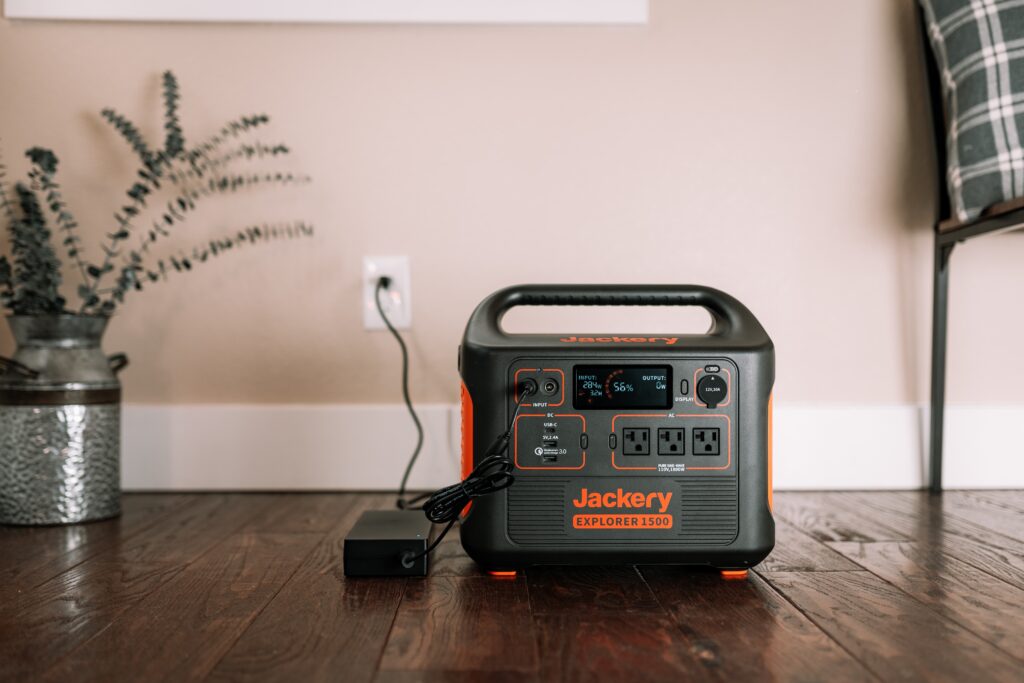Distributed Energy Resources, or DERs, are smaller electricity supply or demand resources that can help offset some of the energy needs from the grid. Larger grid-level generation plants are often long-term projects, as take a lot of time to plan, build, and maintain. In cases such as the Darlington Nuclear Generating Station’s refurbishment, relying too much on the grid could bring more challenges in the future, which is why decentralized energy sources are important to the grid’s energy security, and mitigating other challenges.
The purpose of these energy resources is to reduce the reliance on the grid and have a more localized energy supply to meet local needs. The main benefit of DERs users would be the ability to control their energy source. Reducing a facility’s dependence on the grid for some, or even all, energy needs, could lower electricity bills and improve energy security. Some DERs are capable of selling energy to support the grid during times of high demand or energy costs. Many DERs small enough to be installed in a residential or commercial location, even in high-density urban areas, which also reduces the need for more electricity transmission infrastructure. So what are some of the more typical DERs?

The answer is Blowin in the Wind…and Walking on Sunshine

The first thought that comes to many people’s minds would be smaller-scale solar, wind, or hydroelectricity generation for personal or local use. Residential and commercial energy consumers can easily purchase and implement them to mitigate some of their grid demand. While small commercial generators typically generate less electricity than the larger industrial options, the lowered cost and versatility allow them to be widely adopted in many cases.
Another common form of generation is diesel or gas generators. These types of energy resources are widely available and do not require a lot of capital investment. One common downside is the questionable energy and cost efficiency in the long run. However, the localized generators remove the dependency from the grid for critical assets, such as hospital support systems or elevators. Backup generation would typically run on gas or diesel to ensure service is not interrupted during grid disruptions or outages. An added benefit is the smaller travel distance for electricity, which results in reduced power loss. Lesser common options include biogas generators which would transform certain types of agricultural or industrial waste into electricity.
Combined Heat and Power Generators are another way for larger facilities or buildings to better make use of their own generators. Electricity generation typically generates a lot of heat, which can be redistributed to provide heating for the facilities when necessary, resulting in higher energy efficiency.
I got the power… storage.
Energy storage is another popular method of distributed energy. Battery energy storage systems can store energy during off-peak times when costs and demand from the grid are low. These can range from small residential units to larger commercial or industrial-sized, but are still relatively small in size, requiring little land to be implemented. Privately owned BESS are typically between the size of a Tesla Powerwall to the size of a shipping container.
With the increase in electrical vehicles on the road, some grids are starting to support vehicle-to-grid charging stations. The V2G stations enable the batteries in EVs to operate much like a BESS and sell energy back to the grid during periods of high demand. As public transport or freight transportation industries undergo electrification, V2G charging stations could become revenue centers for large EV fleets.
Not just talking about my generation.
DERs are not purely focused on the distribution of electricity, despite its namesake. There are alternative solutions for managing energy use that also come into play here. Advances in Internet-of-things (IoT) have led to automation of smarter that allow for energy reduction, rather than generation. This is typically done via remote sensors that allow for automatic adjustments of energy use.
.jpg)
Smart thermostats are now often seen in smaller residential or commercial spaces, which automatically reduce energy use for air conditioning or heating during high grid demand or manage boilers to only run to certain temperatures during certain hours of the day.
Some larger energy consumers employ Building Automation Systems (BAS). Typically seen in office or residential buildings with a need to regulate not just electricity use, but an overall higher energy efficiency to meet building codes and standards. Common features include such as motion-controlled lighting systems and HVAC optimization for high occupancy periods. BAS typically has many more sensors for different areas in buildings, which allows for more granular management of different areas.
Managing Expectations.
DERs will not replace large energy plants, as it was never meant for that role. However, a decentralized grid will help transition into a decarbonized grid. More reliable DERs are being introduced into the grid and would benefit from better cooperation, which a DER Management Systems (or DERMS) can help coordinate. Grids can rely less on larger-scale individual powerplants and help ease the grid through power station trips or other disruptions. DERs could also help mitigate issues prevalent in larger solar-dependent grids, such as the Duck Curve phenomenon.
Networks of BESS could also be coordinated to only charge from baseload or renewable sources, and dispatch to mitigate the need for peaker plants as much as possible. If you would like more information on efficient charging managed by network operation centers, feel free to reach out and contact us with any questions you may have.


